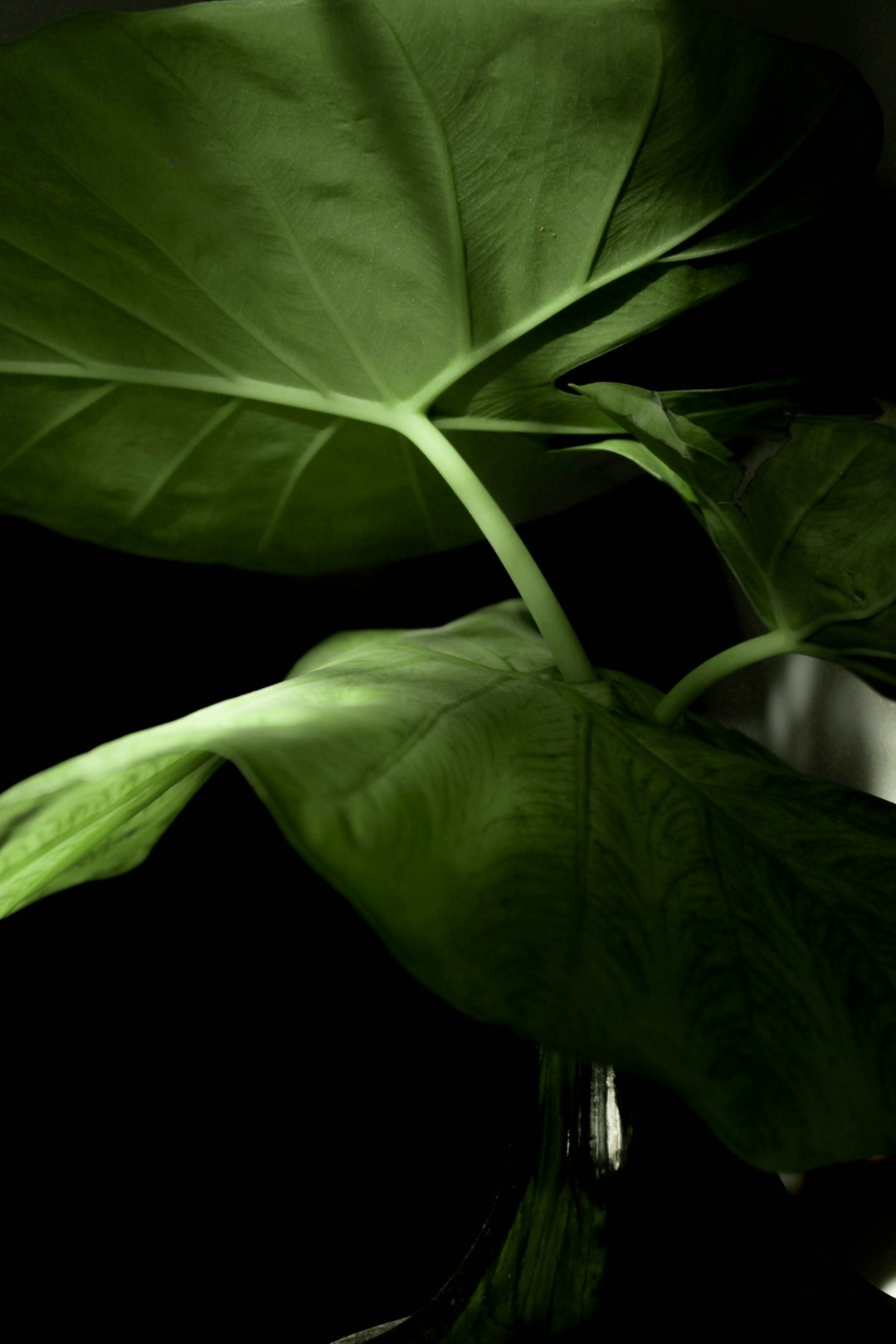Crafting Your Personal Outdoor Oasis: Landscaping Magic Unleashed

Embarking on the journey of designing your own private outdoor retreat is a thrilling endeavor that allows you to blend nature and personal style seamlessly. With the right landscaping solutions, you can transform your outdoor space into a haven of tranquility and beauty. In this article, we will explore the basics of gardening and landscaping to help you create the perfect outdoor retreat.
### Understanding the Basics of Gardening Landscape
Before diving into the world of landscaping, it's essential to understand the fundamental principles that govern a successful outdoor design. One of the key aspects is the concept of balance. Balance in landscaping refers to the distribution of visual weight in your outdoor space. You can achieve balance through symmetrical or asymmetrical arrangements. Symmetrical balance involves creating a mirror image on either side of a central axis, which often gives a formal and elegant look. Asymmetrical balance, on the other hand, uses different elements of similar visual weight to create a more natural and relaxed feel.
Another important principle is proportion. Proportion ensures that the size of your plants, hardscape features, and other elements in your landscape are in harmony with the overall size of your outdoor space. For example, if you have a small backyard, using overly large plants or structures can make the space feel cramped. Conversely, in a large yard, small elements may get lost and fail to make an impact.
### Selecting the Right Plants
The choice of plants is crucial in creating a beautiful and functional outdoor retreat. When selecting plants, consider the climate and soil conditions in your area. Native plants are often a great choice as they are well - adapted to the local environment, require less water, and are more resistant to pests and diseases. For instance, if you live in a dry region, succulents and cacti can be excellent options as they can thrive with minimal watering.
Think about the different seasons and how your plants will look throughout the year. Incorporate a mix of evergreen plants, which provide year - round foliage, and deciduous plants that offer seasonal interest with their changing leaves. Flowering plants can add a splash of color to your landscape. You can choose plants with different bloom times to ensure that there is always something in bloom from spring to fall.
### Creating Hardscape Features
Hardscape features are the non - living elements in your landscape, such as patios, walkways, and retaining walls. These features not only add functionality to your outdoor space but also contribute to its aesthetic appeal. A well - designed patio can serve as an outdoor living room, where you can relax, entertain guests, or enjoy a meal. You can choose from a variety of materials for your patio, such as concrete, brick, or natural stone.
Walkways are another important hardscape feature. They guide visitors through your outdoor space and can be designed to complement the overall style of your landscape. You can create a winding path using irregularly shaped stones for a more natural look or a straight, formal path with uniform pavers. Retaining walls can be used to level uneven ground, prevent soil erosion, and add visual interest to your landscape. They can be made from materials like stone, concrete blocks, or timber.
### Incorporating Water Features
Water features can add a sense of tranquility and serenity to your outdoor retreat. A small fountain can create a soothing sound of flowing water, while a pond can attract wildlife and provide a focal point in your landscape. When incorporating a water feature, consider the size of your outdoor space. In a small yard, a tabletop fountain or a small wall - mounted fountain may be sufficient. In a larger yard, you can create a more elaborate pond with water lilies, fish, and a waterfall.
### Lighting Your Outdoor Space
Proper lighting is essential to extend the usability of your outdoor retreat into the evening hours. It also adds a magical touch to your landscape. You can use a combination of different types of lighting, such as path lights to illuminate walkways, spotlights to highlight focal points like trees or sculptures, and string lights to create a warm and inviting atmosphere on your patio. Solar - powered lights are an eco - friendly option that can save energy and reduce your electricity bills.
### Maintaining Your Outdoor Retreat
Once you have designed and created your outdoor retreat, regular maintenance is key to keeping it looking its best. This includes watering your plants, pruning them to maintain their shape, and fertilizing them as needed. You also need to clean your hardscape features, such as removing dirt and debris from your patio and walkways. For water features, you need to keep the water clean and ensure that the pumps and filters are working properly.
In conclusion, designing your own private outdoor retreat with effective landscaping solutions is a rewarding process. By understanding the basics of gardening landscape, selecting the right plants, creating hardscape features, incorporating water features, lighting your space, and maintaining it regularly, you can create an outdoor oasis that you will enjoy for years to come.